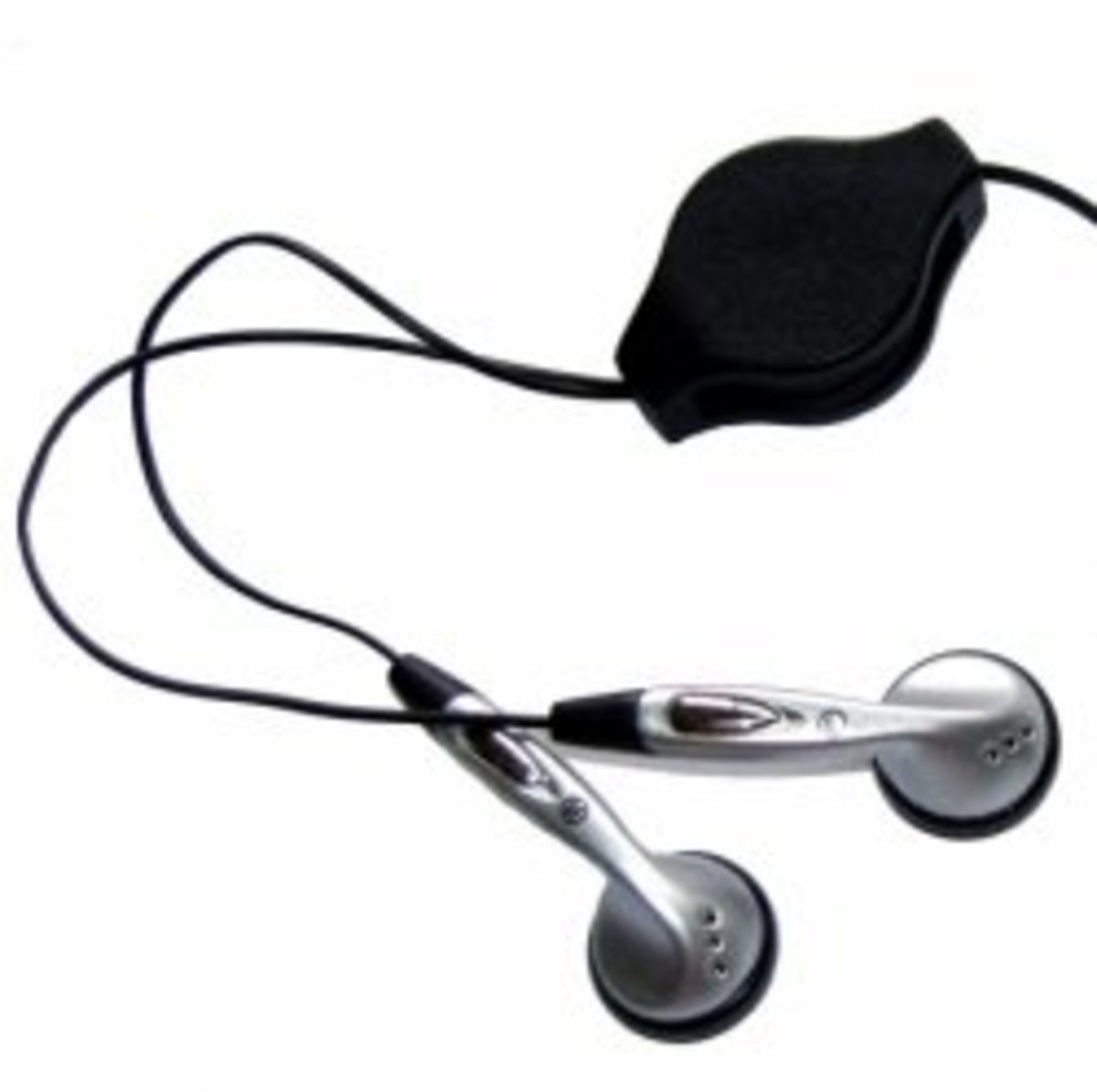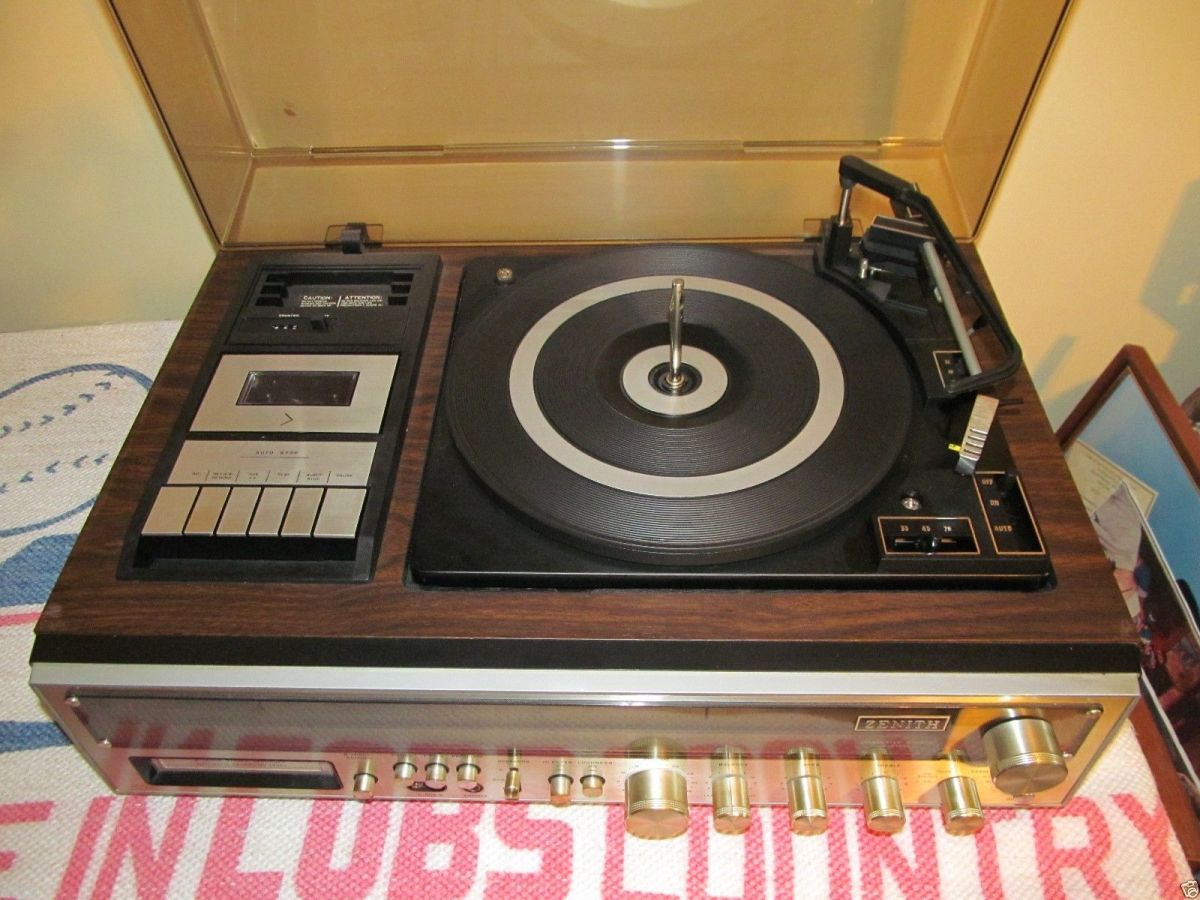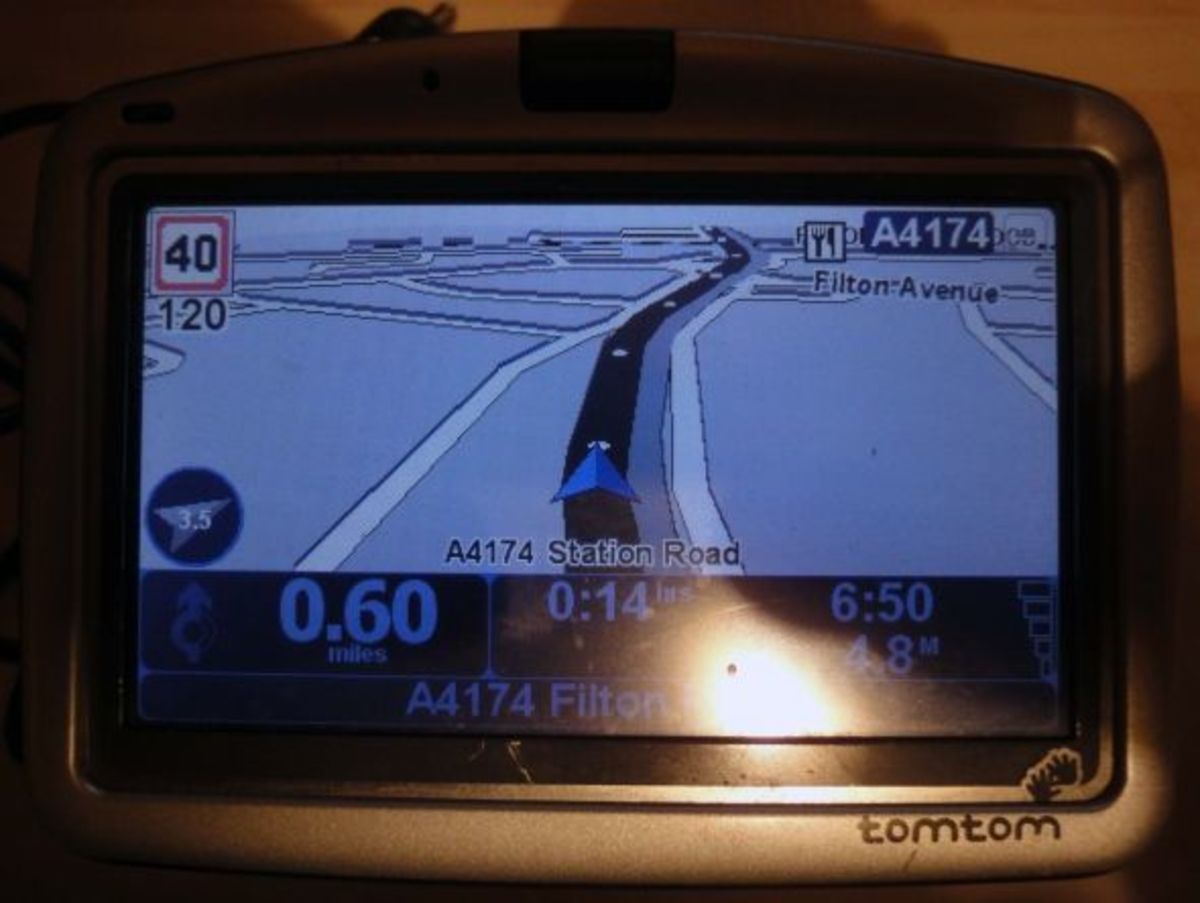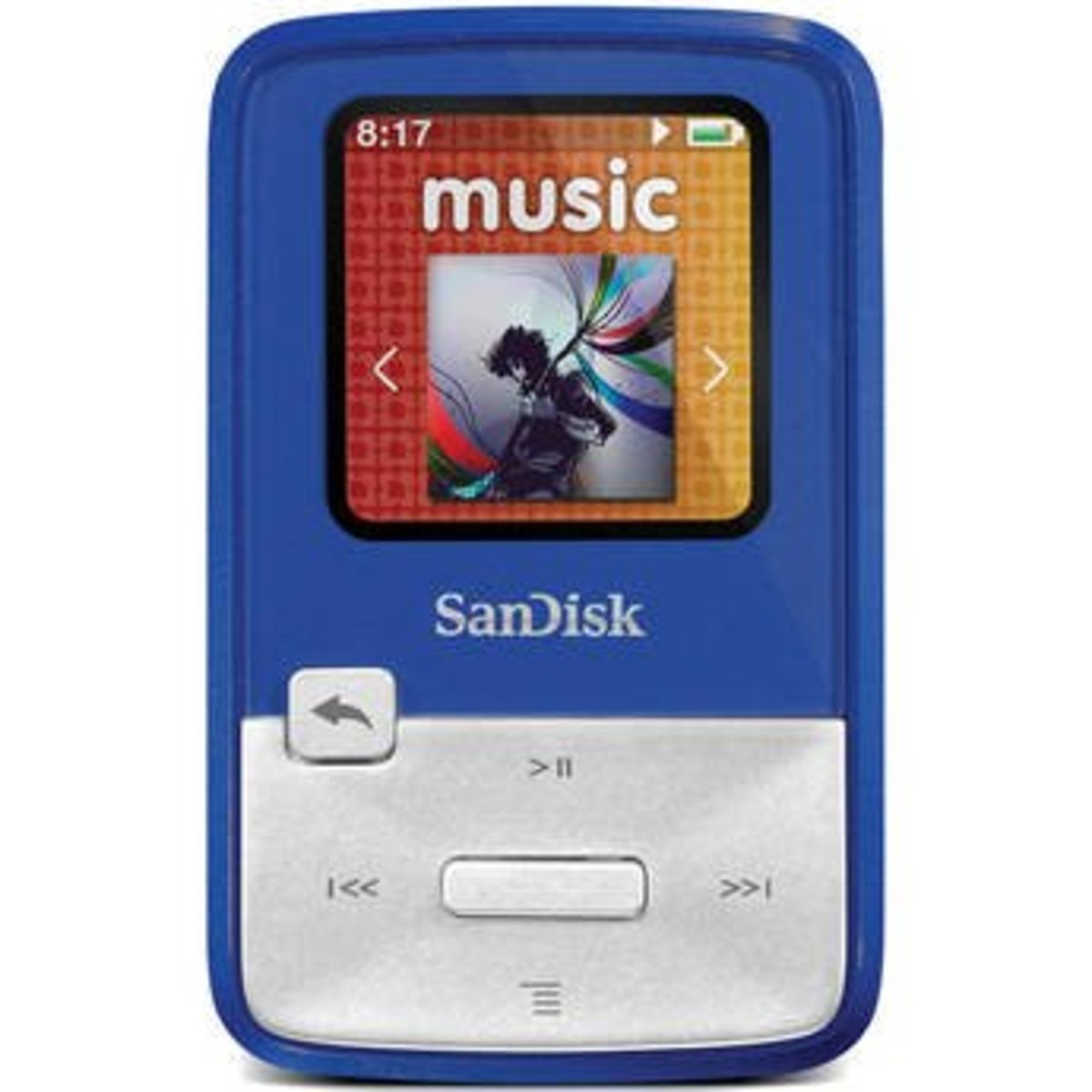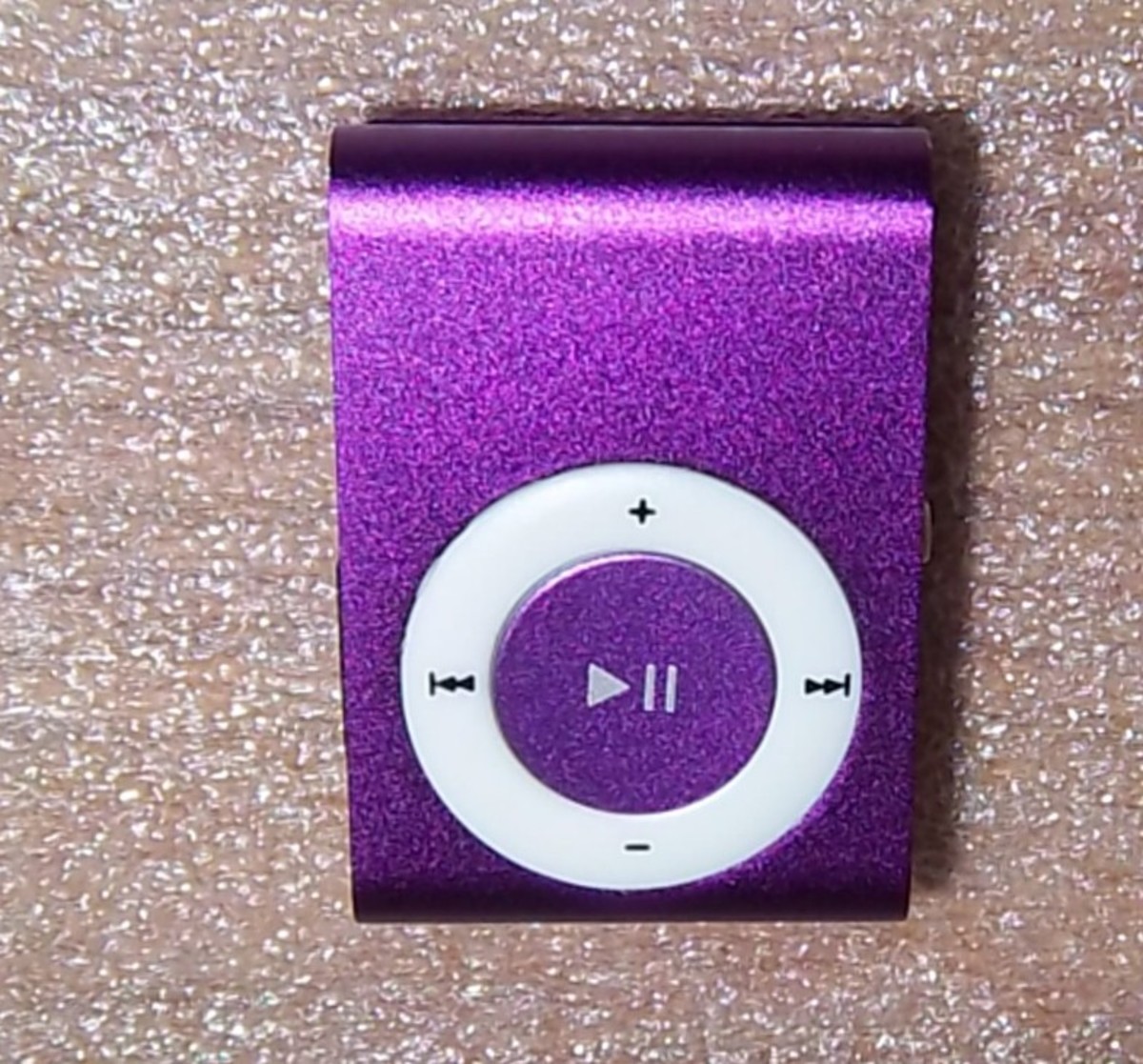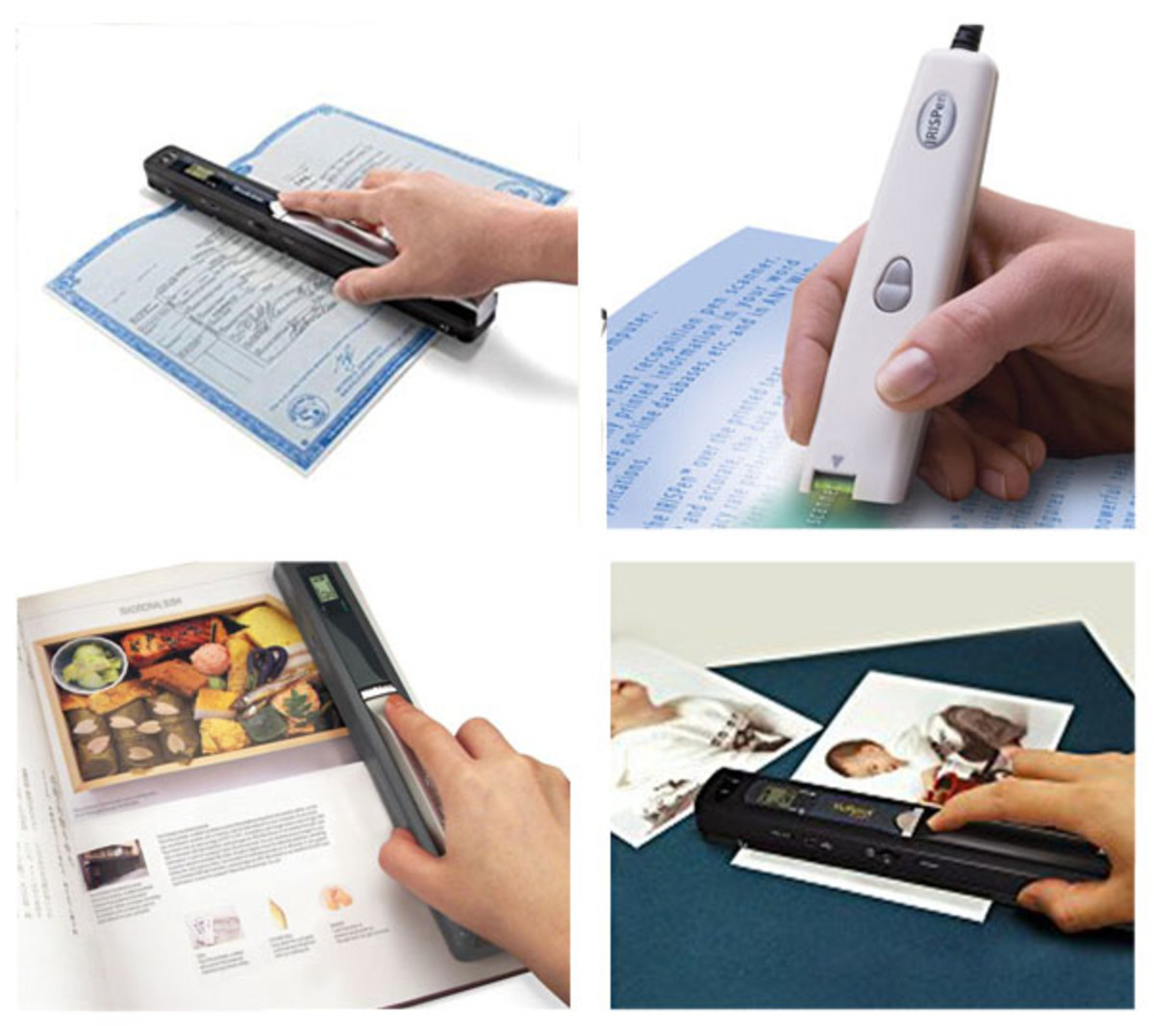- HubPages»
- Technology»
- Consumer Electronics & Personal Gadgets»
- Portable Electronics
Why a $500 Enhancement for Your Portable Music Player is Awesomely Better Than Spending $5,000 to Upgrade a Car Stereo
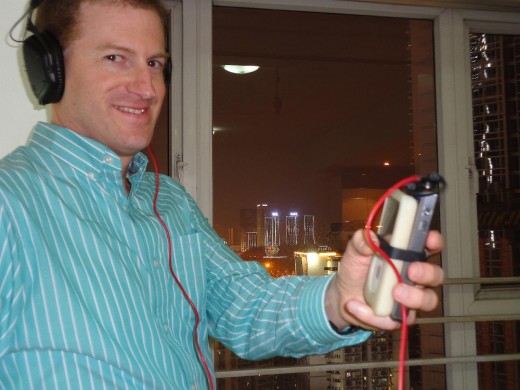
If you’re looking for a slick way to put some serious funk in your trunk, and you don’t even need a car to do it, I’ve got just the plan to hook you up. You can enjoy a thumping bassmobile with stunning sound quality that keeps on pumpin’ -- in a shopping mall, in your bedroom, and on a fun plane ride next to the window.
It’s guaranteed to pack enough juice to make you kick the flow and bust a move, and is bound to stoke your swagger. As a big music fan, you can look around at everyone while thinking, “I’ve got better sound than you! I’m cool, I’m cool, I’m cool, I’m cool,” as you bob your head to the gnarly groove and feel the vibe without it pestering anyone in the process. (This is especially fun when you see someone driving a Ferrari, or someone wearing designer clothes and expensive jewelry.)
You can relish just about all the perks and benefits of a huge car stereo while dodging most of the pitfalls and potholes.
What am I talking about? I’m describing a portable headphone system that your handheld music player runs through. This usually involves a fairly-expensive pair of full-size, over-the-ear headphones that may range from $150 to $400, along with a portable headphone amplifier that’s tethered to your music player, and typically runs from $60 to $200.
If you get a nice pair of headphones that’s designed to emphasize the sub-bass, and get an amplifier that has a good bass boost switch (that boosts the sub-bass only, without affecting the upper midbass very much), then you’ve got yourself a serious system that can sound deeper, louder, cleaner, and better than most big car stereos. It’s enough to make your head hurt, but without the annoying automotive drawbacks that tend to give people headaches.
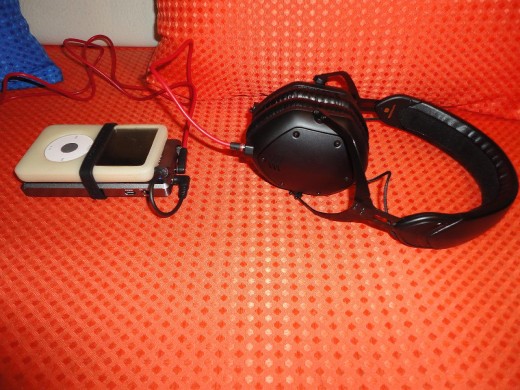
I recently bought a pair of V-Moda Crossfade M-100 headphones and a FiiO E12A portable amp from authorized retailers, and these are some of the best purchases I’ve ever made. The sound quality from this combination is nothing short of breathtaking.
I use my iPod Classic with these two components, and conveniently control everything -- including the volume -- from the iPod, just like normal. The iPod’s EQ settings can be used in tandem with the bass boost switch on the amp, which is especially useful. And I never have to worry about running out of volume gain with all the extra power.
This portable amp additionally works well with auxiliary inputs on receivers, so there’s no need to detach the music player when running it through a stereo. You can just plug and play, and you’re ready to go.
All in all, these are just some of the basics of a portable headphone system in a nutshell. But now, it’s time for the big list you’ve all been waiting for. Breathe it in and live it up!
Compared to spending $5,000 to upgrade a car stereo, a mere $500 enhancement for your portable music player is awesomely better because…
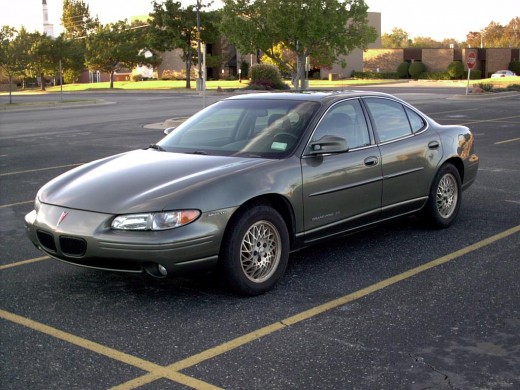
It won’t burn out your alternator, kill your car battery, guzzle gas, or eat your wallet out of house and home.
You won’t have to turn the music down while passing by a cop -- on the street, on the sidewalk, or inside the library next to the teacher’s lounge.
You can use your headphones while driving (where it’s legal), and can still use your rear-view mirror without it shaking out of place, rattling with the bass, and rolling away from your face.
You can forego getting a high-output alternator and giant stiffening caps, and your headlights won’t flash-dim to the funky beat as you roll down the street.
You don’t even have to own a car to enjoy it. It doesn’t require auto insurance, expensive maintenance, auto repairs, gas-tank fill-ups, or even a car alarm. You can just take it with you, and can use it almost anywhere except in the shower or underwater next to the sharks, but hey man, Jaws was never my scene and I don’t like Star Wars.
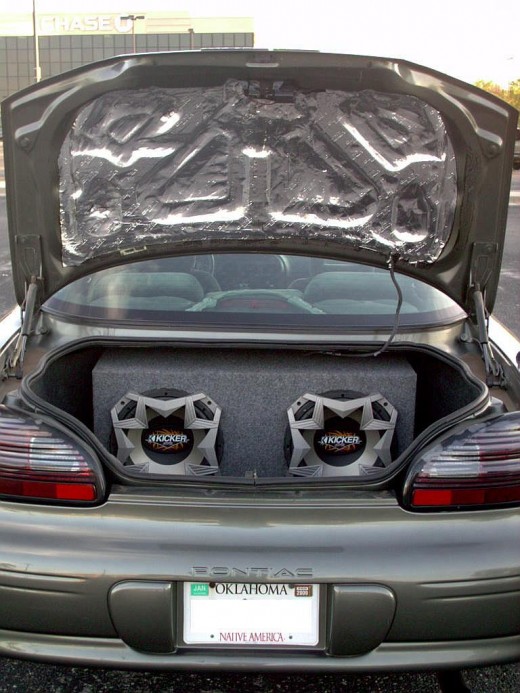
A dual 12-inch subwoofer box blasting the song “Bicycle Race” won’t work very well on a bike or motorcycle, and would make it fall over.
If you drive your car into the inside of a supermarket with your windows down and your system up, you won’t be able to crank it up again for a long time.
No expensive custom installation required. No missing it like the deserts miss the rain when the car is in the shop. And if you own a car and swap it for a newer one (because your old vehicle is dying, or because you wrecked it), there’s no need to wait several weeks to have the sound system gutted and transferred. No need for custom re-installation, no need for a new high-output alternator for the newer car, and no spending thousands of extra dollars to accomplish all this.
Your headphone earcans won’t take up half your trunk, you won’t need to fill them halfway with pillow stuffing to make the bass deeper, no exterior carpeting is required to match the trunk, and they don’t need woofer grilles.
You won’t need expensive Dynamat foam throughout the trunk, or above the car’s interior ceiling dome liner to reduce the rattling noise from the bass.
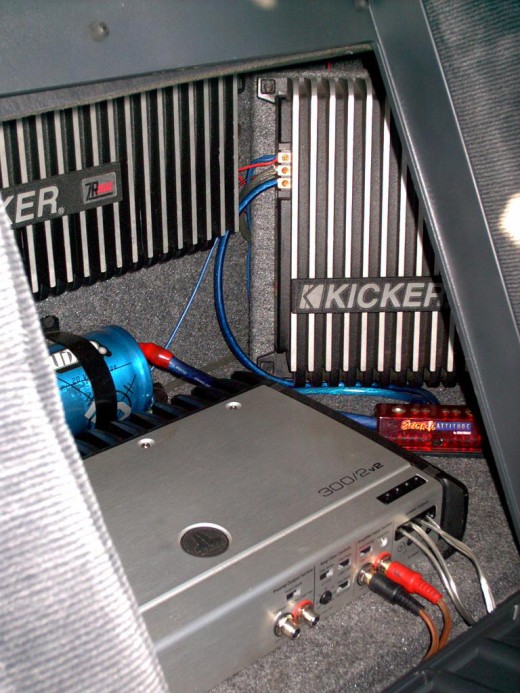
No need for strategically-placed weather-stripping foam around the rear-deck brake light, the speedometer gauges, and in other weird places to further reduce rattling. And if you bring a big plastic cooler in the car to keep your food and drinks cool, it won’t need weather-stripping for bass-rattle prevention, either.
You can spend an extra $300 for a second pair of nice headphones, plus a cheap Y-adaptor, if you’d like a friend to join you in your jam. You can bob your heads together just about anywhere while singing, “We be jammin,” and your friend won’t be blocking any door speakers from your angle -- no matter how big or fat she is.
No need to move your tweeters away from the floorboard and have them custom-mounted in the front A-pillar frame panels because your fat friend is blocking them.
You can keep your back seat closed without it muffling the bass, and your fat-bottomed girl can sit back there if she’s too big to fit in the front.
You only need one portable headphone amplifier that’s tethered to your music player, and it doesn’t need a big amp rack with several amps and multiple cooling fans for circulation.
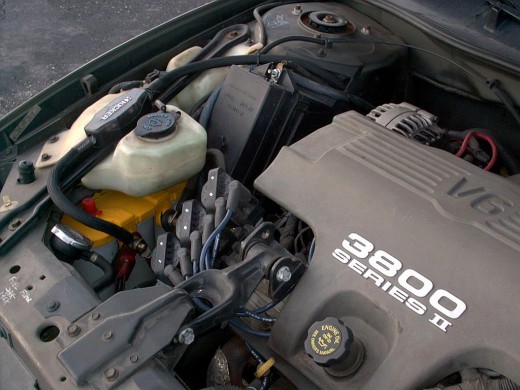
No special car battery, no huge 1/0 power wires, no high-output alternator and giant stiffening caps, and no huge fuses or power distribution blocks. No external relay switches, no crossover modules or remote gain dials, no RCA line drivers, no rear-deck speakers, and no extra worries that any one of the 30-plus components in your system will have a problem and ruin your day. With a portable headphone system, you truly can enjoy the song, “Don’t Worry Be Happy,” and can pump it up just about anyplace.
No need to worry about hearing an alternator whining noise inside your headphones if one of your components gets shorted to ground.
Let’s also not forget about how much less you’d have to lose in the event of an auto burglary or car theft. And once again, you don’t even need to own a car to blast your headphones! Don’t worry, be happy now….
You can take your portable headphone system with you when you move to China, and won’t have to sell it at a super-steep discount as you kiss it goodbye and bid it farewell while hoping the new owner still pets it cutely and keeps it well-groomed.
Finally, the last big reason why a portable headphone system is awesomely better is…
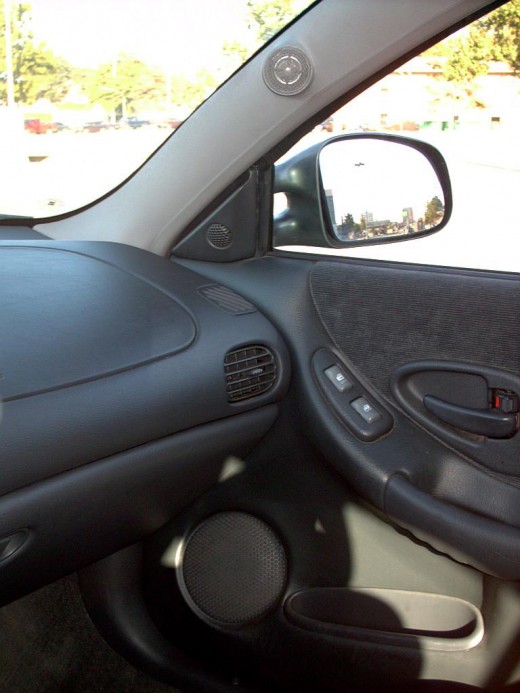
Even if your country’s economy and currency totally collapse; your standard of living falls off a cliff; you lose your job, your pink house, and your little red Corvette; and even if you go bankrupt with hordes of angry street mobs running around smashing everything like it’s the end of the world as we know it, then…you still wouldn’t have to give up your headphones, hopefully. Come to think of it, perhaps you could still headbang to the tune “Welcome to the Jungle” for a little comic relief. Hmmm….
And remember, it won’t eat your wallet out of house and home like a money pit monster.
There you have it, ladies and gentlemen. The big, pimped-out boom systems from the cool cars just got blown away by a miniature device that fits in a small handbag.
Welcome to the future, my friends. It’s 2015, now, isn’t it?

Joe Goodson is happily building his life in the lovely city of Chongqing, China, and is currently studying the Chinese language full-time at Chongqing University. In his spare time, he enjoys dance-pop music, walking, hanging with friends, gold bullion investing, and natural health.

